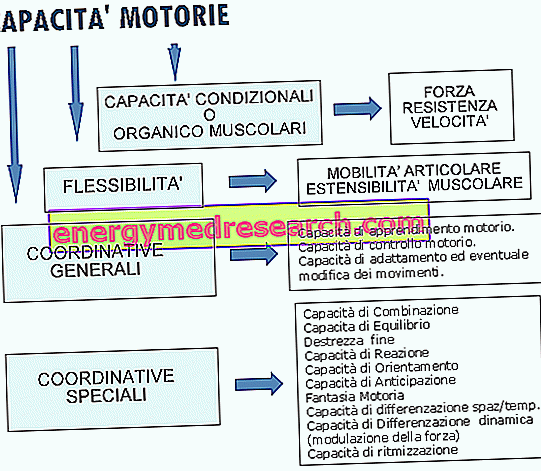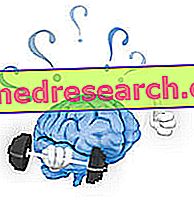Part Three MOUNTAIN TRAINING IS MAINLY USED FOR THE FOLLOWING REASONS: improve the ability to use oxygen (via oxidation): training at sea level and recovery at sea level; to improve oxygen transport capacity: stay at height (21-25 days) and qualitative training at sea level; to improve aerobic fitness: high-altitude training for 10 days
Category physiology of training
By Dr. Matteo Giardini The object of study of the thesis concerns "The biomechanical analysis of the behavior on the track of competition skates with innovative solutions". The analysis is presented as experimental, in analogy with the studies and works analyzed by the scientific literature in the field of Biomechanics
Fifth part CARDIOVASCULAR EFFECTS OF STAY AND TRAINING IN HEALTH In addition to the strictly physiological aspects concerning athletic performance, an interesting aspect for the sports cardiologist is that concerning the possible cardiovascular effects of stay and training at height . The regular practice of physical exercise reduces morbidity and mortality due to cardiovascular diseases depending on the type, frequency, duration and intensity of physical activity, and it is reasonable to suppose that also the environmental conditions in which it is usually performed can play a significant role
Edited by Antonio Rubbino Regulation of the energy balance In 1995, Kaiyala's study brought to light early evidence of regulation of food consumption by activating certain neuronal circuits. Going forward in time various hormonal signals were discovered which influence human feeding patterns. Now you will be the only one who does not know the word "leptin" ; by now he is like a ghost that wanders in many of the speeches among bodybuilders
By Dr. Gianfranco De Angelis Many times we hear about training, training techniques, training recovery, training stress etc. But what is meant by training? And above all, what is the right training? First of all, I will try to give a definition of the training, apologizing for any inaccuracies right now
Fourth part ERYTHROPOIETIN (EPO), FACTOR INDUCED BY HYPOSIA (HIF) AND HYPERTENTILATION EPO has long been recognized as the physiological regulator of red blood cell production. It is produced mainly in the kidney in response to hypoxia and cobalt chloride. Most cells, exposed to hypoxia, are in a quiescent state, reducing mRNA synthesis by about 50-70%
Curated by Gian Paolo Tascio But what are we going to train? the "MOTOR SKILLS" ... let's try to make order. Conditional abilities or organic muscle capacity Power Resistance Speed CAPACITY OF STRENGTH CAPACITY TO WIN OR TO OPPOSE A RESISTANCE WITH A TENSIVE ENGAGEMENT OF MUSCLING MAXIMUM FORCE It is the maximal tension reached by the muscle during contraction to overcome a high external resistance
Edited by Antonio Martorella Muscle hypertrophy is an adaptation that our body implements in response to a stimulus given by an overload. However, the increase in volume is not determined only by an increase in the number (hyperplasia) and thickness of the myofibrils. There are other components within the muscle that contribute to increasing the volume: ATP, glycogen, phosphocreatine, connective tissue, capillary vessels and mitochondria
Edited by Alessandro Cioffi One of the fundamental aspects of the work of a Personal Trainer is to correctly learn a motor gesture. Therefore demonstrating an exercise to the client, and then inviting him to reproduce this exercise, is a fundamental process, which creates the best basis for capturing and learning movement to perfection
By Dr. Marco Siffi Overtraining is an imbalance of training that occurs when the physical activity practiced is too intense, so that the organism fails, in the recovery times, to eliminate the accumulated fatigue. This adaptive imbalance, also known as overtraining, causes a continuous state of psychophysical stress, which culminates in the staleness syndrome (refusal to train), damaging athletic performance and making the body more vulnerable to infection
Edited by Massimo Armeni The following are the hemodynamic and cardiorespiratory parameters to be monitored during the tests: At rest supine: ECG (electrocardiogram) HR (heart rate) BP (blood pressure) SYMPTOMS Operating position: ECG HR BP SYMPTOMS Heating: BP ECG RPE (effort perception scale) SYMPTOMS Test execution: BP ECG HR RPE SYMPTOMS Supine (diagnostic) or in-service (functional) cool-down: ECG BP HR SYMPTOMS Standard prognostic and diagnostic parameters to be extrapolated from the test to evaluate it before performing the exercise prescription: Stroke volume Cardiac output a-VO2 diff R








